Space
Sign up for our newsletter
We summarize the week's scientific breakthroughs every Thursday.
-
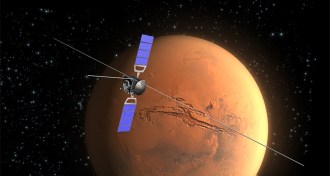 Planetary Science
Planetary ScienceMars’ ionosphere mystery explained
A decades-old disagreement between the Viking landers and spacecraft buzzing around Mars might come down to what time of day each was investigating the Red Planet’s ionosphere.
-
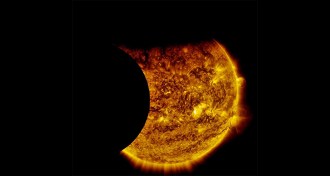 Planetary Science
Planetary ScienceSatellite captures double solar eclipse in action
NASA’s Solar Dynamics Observatory caught a rare double eclipse as both Earth and the moon partially blocked the sun.
-
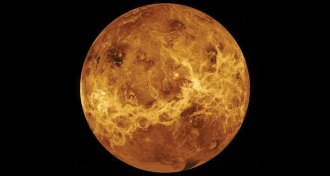 Planetary Science
Planetary ScienceAsteroid impacts may explain Venus’ missing oxygen
Asteroid impacts on Venus might have helped sequester oxygen left behind when Earth’s sister planet lost its water, new simulations show.
-
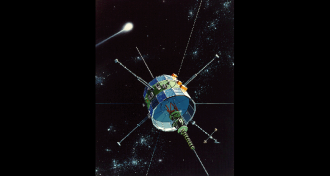 Planetary Science
Planetary ScienceThe first spacecraft buzzed a comet today in 1985
Thirty years ago, a spacecraft became the first to fly past a comet.
-
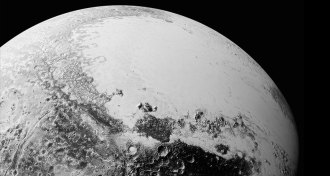 Planetary Science
Planetary ScienceNew Pluto photos show unprecedented detail
New images from the New Horizons spacecraft show off Pluto and Charon in unprecedented detail.
-
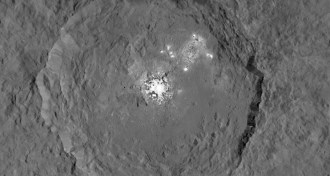 Planetary Science
Planetary ScienceCeres’ mysterious bright spots come into focus
The Dawn spacecraft gets its best look yet at bright spots on Ceres.
-
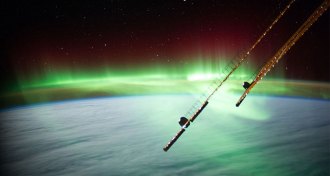 Planetary Science
Planetary ScienceThe sad magnetic state of the solar system’s rocky worlds
While a strong magnetic shield protects Earth from the sun’s occasional outbursts, the solar system’s other rocky planets are mostly defenseless.
-
 Planetary Science
Planetary ScienceThe wait for more Pluto data is almost over
As New Horizons prepares to tell us everything it learned about Pluto, fans of the dwarf planet take a crack at imagining what the spacecraft saw.
-
 Astronomy
AstronomyFirst known exoplanets have few counterparts
The first known exoplanets were discovered around pulsars — probably one of the least likely places to have been found, astronomers now say.
-
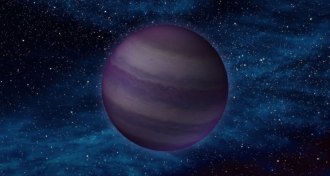 Astronomy
AstronomyTwo stars were once considered coldest known
Two stars once thought to be the coldest known are actually scorching compared with some truly frigid brown dwarfs.
-
 Astronomy
AstronomyGo to Green Bank to listen to the stars
Visitors to the Green Bank Telescope in West Virginia get a close-up with the world’s largest movable land object.
-
 Astronomy
AstronomyNearby quasar may be home to dynamic duo
A pair of black holes left over from a galaxy collision might live in the nearest quasar to Earth.